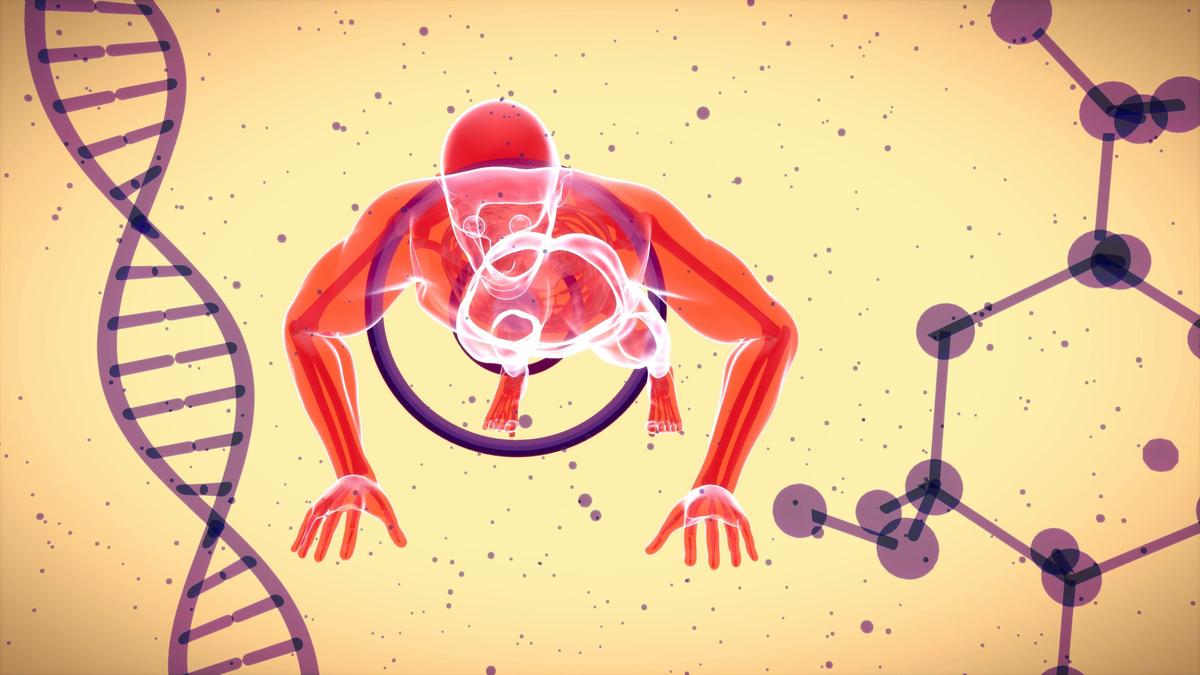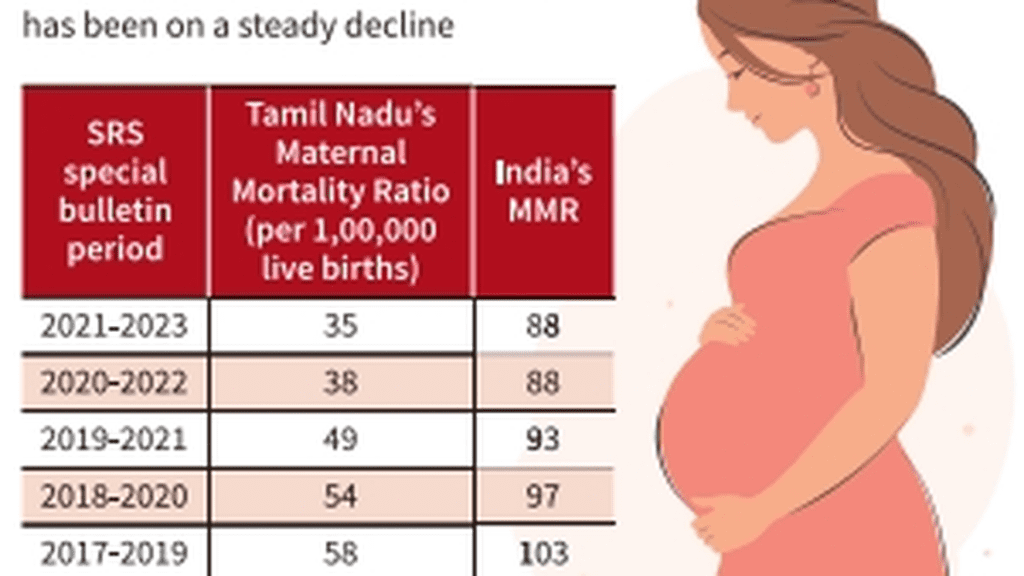Newfound nerve-muscle crosstalk means exercise can help neurons grow Premium

Newfound nerve-muscle crosstalk means exercise can help neurons grow Premium
Regular exercise is proven to be beneficial for our overall well-being. It strengthens our muscles, improves cardiovascular health, helps to maintain a healthy body weight, and can be considered an effective stress buster.
But what if there is more? What if the benefits of exercise go beyond general health?
A recent study by engineers at the Massachusetts Institute of Technology (MIT), published in Advanced Healthcare Materials, has revealed that exercise may also stimulate the growth of neurons through its physical and biochemical effects.
This finding can pave new pathways for reparative therapies and perhaps even cures for neurodegenerative disorders.
While the effects of exercise on our physical health, like strengthening muscles and supporting the immune system, are widely recognised, researchers haven’t explored the specific impact of exercise on neurons (nerve cells).
Given the nerves control the movements of muscles and carry vital information all over the body, understanding the effects of neurons can lead to the development of plausible therapies for nerve injuries.
In a November 2023 paper in the journal Biomaterials, researchers established a hint of a biochemical connection between muscle activity and nerve health. Ritu Raman, the Eugene Bell Career Development assistant professor of mechanical engineering at MIT, and her colleagues discovered that they could restore the mobility of mice by implanting muscle tissue at the site of a severe muscle injury and stimulating the new tissue using light.
While examining the graft, the researchers found the grafted muscle had produced certain biochemical signals that induced the growth and development of nerves and blood vessels.
The conventional concept of nerve-muscle interaction emphasises the nerve’s control over the muscles. However, Raman and her colleagues started to wonder if the reciprocal could be true: i.e. if stimulating muscles could encourage the formation of nerves.
This hypothesis was initially met with skepticism from the scientific community. Critics argued that the biological environment was complex and that it would be hard to attribute nerve growth to stimulation by muscles because of the variety of other cell types and contributing factors within the organism, including the immune system.
The new study by Raman & co. concentrated solely on muscle and nerve tissue and aimed to find whether training muscles directly could influence the way nerves grew.
The researchers grew mouse muscle cells into long fibers, which they waved together to create a small sheet of mature muscular tissue slightly larger than a one-rupee coin. Using well-known genetic modification techniques, the team was able to use a flashing light to cause the muscles to contract.
In the past, Raman had come up with a brand-new gel mat for building and exercising the muscle. While the researchers stimulated the muscle to exercise, the allowed the muscle tissue to hold its shape and structure instead of peeling off.
The scientists then collected samples of the fluids surrounding the muscle, believing it should contain myokines like growth factors, RNA, and other proteins. Myokines, Raman said, are a biochemical soup of proteins secreted by muscles, some of which may be useful to neurons.
“Myokines are secreted by muscles nearly all the time, but they produce more when you exercise them,” she added.
The researchers transferred the myokine solution to a separate dish containing motor neurons — nerves found in the spinal cord that control muscles involved in voluntary movement. They grew the neurons from stem cells derived from mice. As with the muscle tissue, the neurons were grown on a similar gel mat.
After the neurons were exposed to the myokine mixture, the team observed that they began to grow quickly: about four-times faster than neurons that didn’t receive the biochemical solution.
The research group also performed a genetic analysis to find out more about the neuronal changes mediated by exercise.
Initially, they isolated RNA from a small cluster of neurons. Cells transcribe instructions on how to make a protein from a gene to RNA first. By measuring the level of gene transcription, they were able to estimate the extent of genetic action in the formulation of those instructions. This enabled them to figure out whether myokines exercised any influence over the activity of certain neuronal genes.
They found many of the more actively expressed genes were involved in some fundamental processes of neural growth, maturation, neuronal connectivity (including the ones with muscle cells), and axon growth.
The result suggested exercise didn’t only stimulate neuronal growth: it also enhanced the maturity of neurons and their functional abilities.
The team, therefore, wanted to investigate whether the physiological response to exercise could also augur well for neuronal function.
Because of the physical contact between neurons and muscles, the movement of muscles exerts mechanical forces on the neurons’ structure. To check whether these forces could also affect the growth of neurons, the researchers set up mechanical stimulation experiments that tracked neurons’ growth in the absence of myokines.
This time, the team cultured another set of motor neurons on a gel matrix containing small magnetic particles. When an external magnetic field was applied, the particles’ movement mechanically stretched the neurons, reproducing the conditions in which they might experience mechanical forces during a workout. They performed this test for 30 minutes every day.
The results were quite surprising. The researchers found that this mechanical stimulation greatly enhanced neuronal growth: the growth level of the mechanically exercised neurons was, on average, equivalent to those exposed to myokine stimulation.
Both groups of exercised neurons also grew significantly more than a set of control neurons that experienced no exercise at all.
The findings have tremendous implications for developing exercise-based therapies to repair nerves, especially as they relate to nerve injuries and neurodegenerative diseases such as amyotrophic lateral sclerosis (ALS). By exploiting the crosstalk between muscles and neurons, researchers could develop innovative treatment strategies to promote the recovery of nerve cells and promote their healing by activating the muscles surrounding them.
The investigators stated in their paper that, in their understanding of the bi-directional signaling between muscles and nerves, their finding has practical implications in developing novel approaches for treating nerve injuries in which the nerve and muscle tissue are no longer communicating properly.
The team plans to explore the possibility of using targeted muscle stimulation to regenerate and grow neurons in a clinical setting, which could help redefine the role of exercise in medicine and general health promotion to precise therapeutic intervention for nerve repair.
According to Raman, this is their first step towards understanding and controlling exercise as medicine.
Sayan Tribedi has an MSc in bioinformatics from Pondicherry University.










